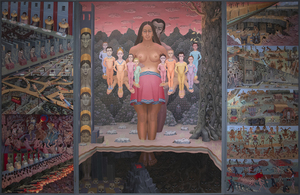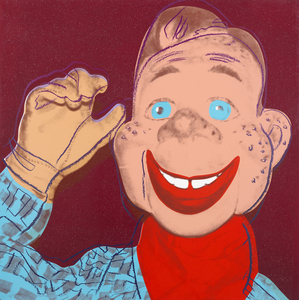تفخر هيذر جيمس للفنون الجميلة بتقديم مجموعة مختارة من أحدث الأعمال الفنية إلى معرضنا. الأعمال الفنية من فريدا كاهلو وألفريد سيسلي وأنسل آدامز ليست سوى عدد قليل من أفضل الأعمال الفنية الانطباعية والحديثة وما بعد الحرب والمعاصرة المتوفرة حاليا من خلال هيذر جيمس.إذا كان هناك فنان أو عمل فني معين تهتم به ، فيرجى الاتصال بنا وسنعمل معك لإكمال مجموعتك.

_tn47012.jpg )








_tn47464.jpg )







